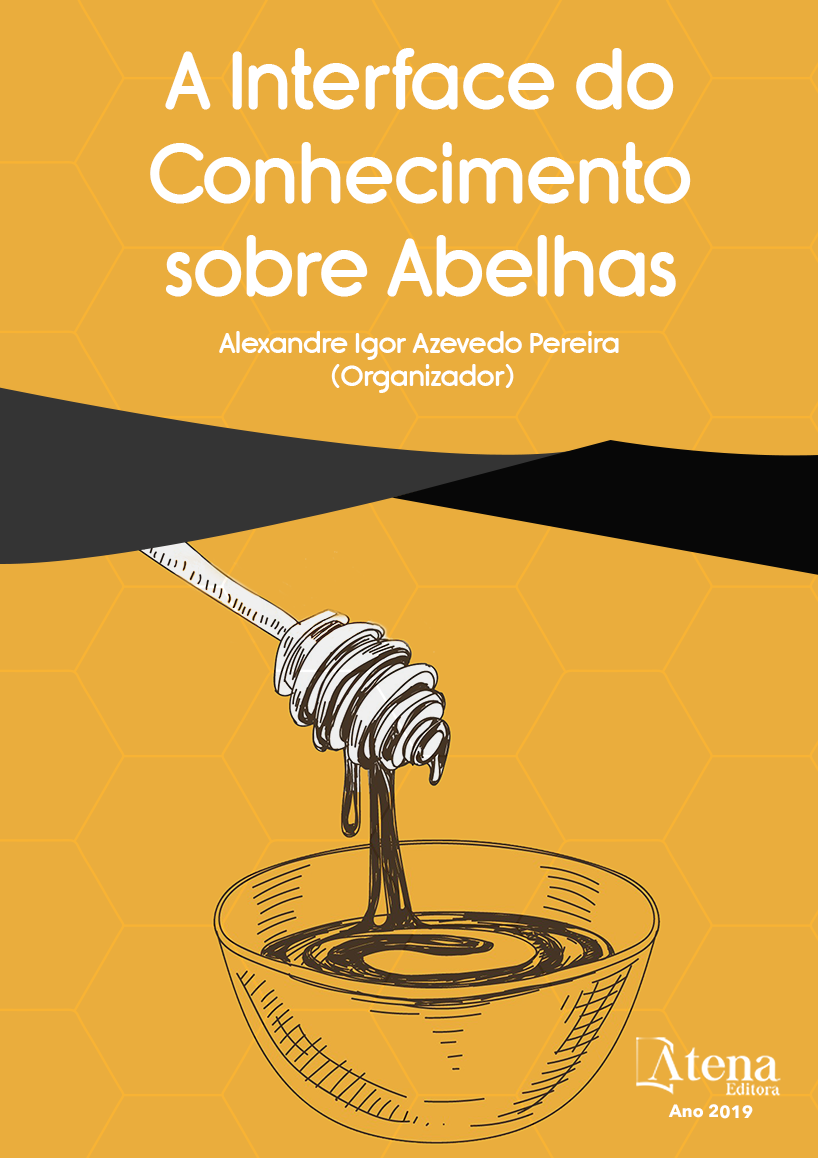
NÍVEIS DE PROTEÍNA BRUTA PARA ABELHA TUBÚNA (Scaptotrigona bipunctata)
Este trabalho teve como objetivo determinar as exigências de proteína bruta e seus efeitos sobre a longevidade de operarias de abelha Tubuna mantidas em ambiente controlado, bem como definir a forma física da ração e se esta deve ser acompanhada ou não de alimento energético. O trabalho foi realizado em duas etapas, em que a primeira consistiu na avaliação de cinco níveis de proteína bruta (22, 25, 28, 31 e 34%), associados a presença ou ausência de mel como suplemento energético. A segunda etapa consistiu na avaliação dos mesmos níveis de proteína bruta, associados a forma física da ração, onde um grupo de abelhas recebeu a ração experimental seca e outro grupo recebeu a ração úmida. Em ambas as etapas houve um grupo de abelhas denominado controle, que recebiam pólen da própria espécie e mel de abelhas Apis mellifera. O nível de proteína bruta definido para abelha Tubuna deve ficar entre 25 e 31%, não sendo possível a determinação de um nível ótimo. A suplementação proteica sempre deve ser acompanhada de suplementação energética ou verificação de presença de mel na colônia. A ração proteica pode ser fornecida seca, observando-se a disponibilidade de água próximo ao meliponário. A metodologia testada e os resultados deste estudo são promissores para o desenvolvimento de pesquisas para determinação de exigências nutricionais de abelhas sem ferrão.
NÍVEIS DE PROTEÍNA BRUTA PARA ABELHA TUBÚNA (Scaptotrigona bipunctata)
-
DOI: 10.22533/at.ed.0621915106
-
Palavras-chave: alimento artificial, abelha sem ferrão, conservação, polinização
-
Keywords: artificial food, stingless bee, conservation, pollination
-
Abstract:
The objective of this work was to determine the crude protein requirements and their effects on the longevity of Tubuna stingles bees kept in a controlled environment, as well as to define the physical form of the feed and whether it should be accompanied by energy feed. The work was carried out in two stages, in which the first consisted of the evaluation of five levels of crude protein (22, 25, 28, 31 and 34%), associated with the presence or absence of honey as an energetic supplement. The second stage consisted in the evaluation of the same crude protein levels, associated to the physical form of the ration, where one group of bees received the dry experimental ration and another group received the wet ration. In both steps there was a group of bees called control, which received pollen from the species itself and honey from Apis mellifera bees. The crude protein level defined for Tubuna stingless bee should be between 25 and 31%, and it is not possible to determine an optimum level. Protein supplementation should always be accompanied by energetic supplementation or verification of the presence of honey in the colony. The protein ration can be supplied dry, observing the availability of water near the meliponary. The methodology tested and the results of this study are promising for the development of research to determine the nutritional requirements of stingless bees.
-
Número de páginas: 15
- Marcos Henrique Baldi
- Gustavo Krahl


